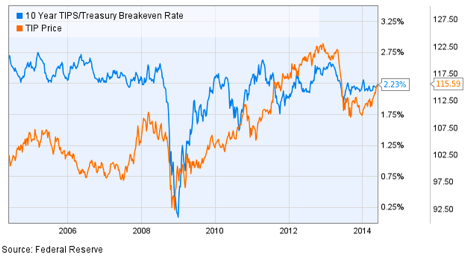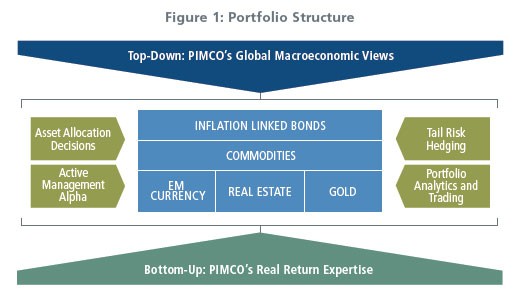4 Lowrisk inflation strategies
Post on: 10 Сентябрь, 2015 No Comment

1. Strike balance between safety and return
Parking money in such accounts makes it vulnerable to the risk of loss of purchasing power that comes with inflation, Kresh says.
4 inflation-fighting tactics
- Strike balance between safety and return.
- Add TIPS to list of possibilities.
- Keep a sliver — or more — of stocks.
- Stay the course?
There’s no way to get a real rate of return without taking some sort of financial risk, says Kresh.
Investors need to ask themselves how much risk they can take, says Neal Ringquist, president and chief operating officer of Advisor Software, a Lafayette, Calif.-based company that provides investment management software to advisers.
I advise people to sit down and analyze their age, assets, liability and cash flow, Ringquist says. Then they can define their goals and come up with a strategy to meet them.
The analysis helps people understand their capacity to bear risk. Investors who need 95 percent of their money just to meet minimum living expenses won’t be able to take on as much risk as someone with a bigger cash cushion, says Ringquist.
2. Add TIPS to list of possibilities
Treasury Inflation-Protected Securities are low-risk Treasury bonds that guarantee a return that rises along with the inflation rate, as defined by the Consumer Price Index.

If inflation increases, so does the value of the TIPS investment.
TIPS are issued in five-, 10- and 20-year terms. They can be purchased through a broker or directly from the government through the TreasuryDirect Web site. An investor can buy up to $5 million in TIPS with a noncompetitive bid. More typically, these bonds can be purchased for as little as $100. They’re also sold in $100 increments.
TIPS pay interest twice a year and the income is taxable.
Because TIPS increase in value every time inflation rises, there is some possibility an investor will incur taxable income from the security, Kresh says. In fact, bond holders are responsible for paying federal income taxes on the bond’s appreciation in price even though they don’t receive any actual income from the appreciation until the bond matures. This is commonly known as a phantom income problem.
Investors also can invest in TIPS through mutual funds or exhange-traded funds. One big advantage of purchasing TIPS through a fund is that funds pay out income in the form of a dividend, Kresh says. The fund owner still owes taxes, but does not have to wait to receive the income.
If you’re buying TIPS, it might be better to buy them in a fund simply because that income is distributed rather than having the growth in the bond, he says.
I bonds are another government-backed investment security that correlate with inflation. They can be purchased in increments as small as $25, but have a maximum purchase amount of $5,000.
Since you can’t accumulate a large savings with them, I bonds are really for smaller investors, says Kresh.
Current interest rates for TIPS and I bonds are very low — zero percent in the case of I bonds — just as they are with short-term Treasuries and short-term CDs, Kresh says.
advertisement
The difference is these bonds will pay the rate of inflation plus the interest that’s promised in the bonds, so at least you know you’ll have a real rate of return over time, he says.
Inflation-indexed bonds are investments that help people who are simply concerned about their savings, and are not necessarily worried about the market or trying to grow their net worth, he adds.














